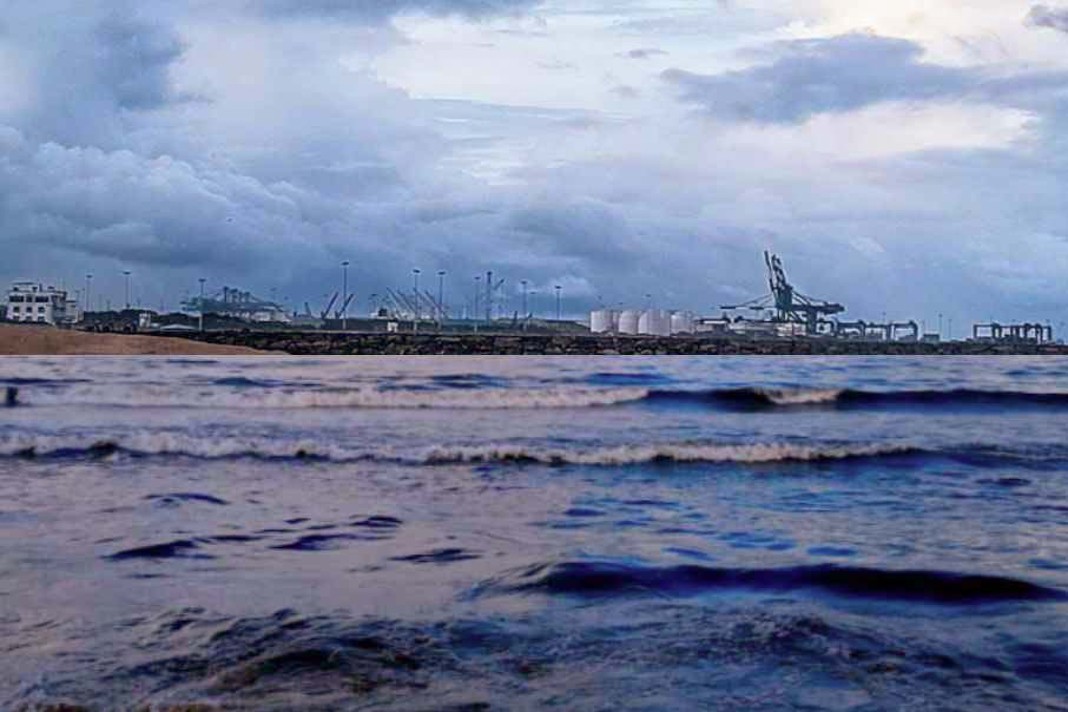The perfect ship is light and sleek for speed, but also needs to be strong and stable for safe sailing. These and other conflicting requirements make it difficult, even with a supercomputer, to find the ideal design. Computer scientist Roy de Winter has developed an algorithm that helps strike the perfect balance quickly and efficiently. He will defend his PhD thesis on 8 October, reports Universiteit Leiden.
Smart algorithms
The biggest challenge in ship design, De Winter explains, is that various design criteria often conflict. “You want to make the ship as light as possible to carry more cargo, but you also don’t want it to capsize at the first big wave. On top of that, you want to minimise drag, so the ship uses as little fuel as possible.”
On top of these design challenges, there are regulations to consider, such as environmental and safety standards. De Winter designed an algorithm that can find the compromise between these conflicting criteria while adhering to all the relevant regulations.
An algorithm that keeps getting smarter
There were already algorithms for this, but they weren’t very efficient. De Winter explains: “A single simulation to determine a ship’s drag can take hours, even on a supercomputer. It’s impossible to test thousands of designs this way.” His algorithm therefore learns from previous simulations, allowing it to reach an optimal solution with fewer attempts.
Smart simulations for faster results
De Winter used additional clever techniques. He wrote the algorithm so that it can run multiple simulations at once across different computers, a method known as parallelisation. He also ensured the algorithm doesn’t waste time on designs that clearly won’t meet basic requirements. “Some criteria, like whether the centre of gravity is in the right spot, are fairly easy to calculate. If the ship doesn’t meet this requirement, there’s no need to continue running the simulation,” he explains.
From cargo ships to ferries: the algorithm at work
De Winter has already successfully applied his algorithm to different types of ships. One example is a large cargo vessel, which needs to carry as much as possible. More cargo space generally means more goods can be transported, but if the ship gets damaged and takes on water, it could sink. To prevent this, shipbuilders install watertight bulkheads that divide the hull into compartments. This ensures that not the entire ship floods in the event of a leak. “There are countless ways to position these bulkheads,” De Winter says. “I calculated the optimal placement to carry the most cargo while keeping the ship as safe as possible.”
De Winter also designed a new hull shape for an electric ferry, reducing water resistance by an impressive 26%. ‘This means the ferry can travel much farther on a single battery charge.’
Did you subscribe to our daily Newsletter?
It’s Free! Click here to Subscribe
Source: Unversiteit Leiden
















